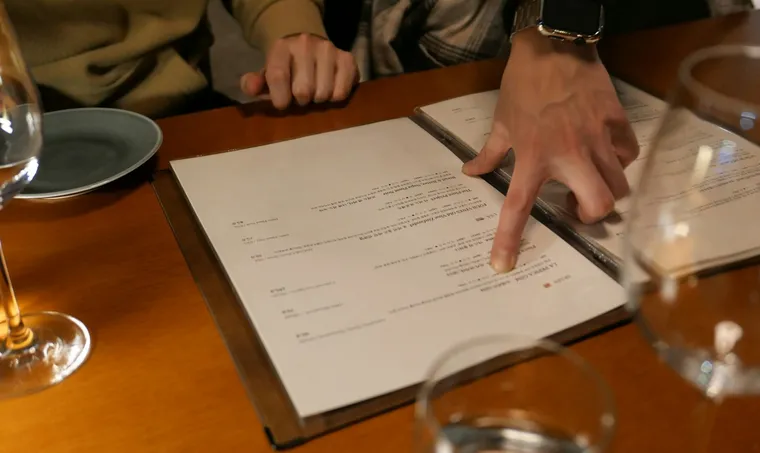Menu psychology is a fascinating field of behavioral science that blends marketing, design, and human decision-making. According to Cornell University’s Food and Brand Lab, menu design can increase the sales of targeted dishes by as much as 30%. This article explores how restaurants use psychology in their menus, revealing both the science and strategy behind your dining decisions.
The Psychology Hidden in Your Menu at a Restaurant
Restaurant menus are deliberately designed to do more than inform you of options—they’re meant to influence. From the fonts and colors to the placement of certain dishes, every detail can shape your perception. Eye-tracking studies show diners often look at specific “hot zones” first, and restaurants place high-margin items there for maximum impact.
Ways Restaurants May Secretly Influence Your Order
Restaurants often use subtle but effective strategies to guide your selection:
- Decoy pricing: Adding a very expensive item makes other pricey dishes seem more reasonable.
- Descriptive labeling: Phrases like “locally sourced” or “chef-crafted” increase perceived value.
- Scarcity cues: “Seasonal special” or “limited edition” creates urgency to order.
- Plate psychology: Using smaller plates or portion cues can alter how filling a dish appears.
Menu Layout Tricks That Work on Your Brain
Menus often follow a “Golden Triangle” layout—the top right, top left, and center are where the eyes naturally land. Restaurants use these spots for signature dishes and higher-profit entrées. Bold borders, colored boxes, and chef’s recommendations highlight items they want you to choose.
Pricing Strategies That Nudge Decisions
- No currency symbols: Removing “$” makes the cost feel less daunting.
- Charm pricing: $19.95 feels psychologically cheaper than $20.
- Bundled menus: Prix fixe or combo meals create a sense of savings while increasing the total bill.
Why Awareness Matters
Recognizing the psychology hidden in your menu at a restaurant helps you make more conscious choices. While these strategies are designed to benefit restaurants, diners can avoid being unknowingly steered into decisions and instead order what they truly want.
Conclusion
From menu layout to pricing psychology, restaurants use proven strategies to influence decisions. By understanding the ways restaurants may secretly influence your order, you can approach your next dining experience with greater awareness—appreciating both the craft of menu design and the science behind it.
Reference
- The Psychology of Restaurant Menu Design – Menubly
https://www.menubly.com/blog/menu-psychology/ - The Psychology of Menu Design: Everything You Need to Know – Lisi.menu
https://blog.lisi.menu/the-psychology-of-menu-design/ - Menu Psychology: How Restaurants Influence Your Choices – NeuroLaunch
https://neurolaunch.com/menu-psychology/ - The Psychology of Restaurant Menu Design – Aaron Allen Insights
https://aaronallen.com/blog/the-psychology-of-menu-design - Menu Engineering (Menu Psychology) – Wikipedia
https://en.wikipedia.org/wiki/Menu_engineering

